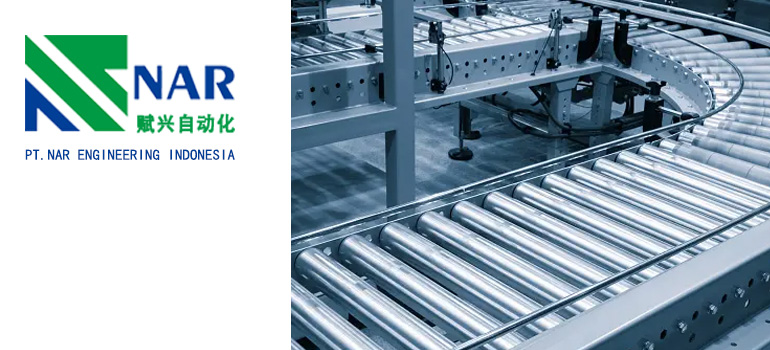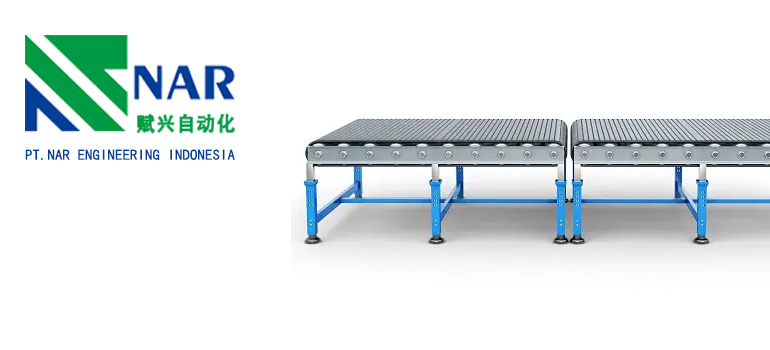Summary:
Components & Parts for Gravity Roller Conveyors
The Basics of Gravity Roller Conveyors
Components of Gravity Roller Conveyors
Gravity Roller Conveyor Accessories
Gravity roller conveyors are an essential component of material handling systems, providing a cost-effective and efficient way to move goods within a facility. To optimize the performance and functionality of gravity roller conveyors, it’s crucial to understand the various components and parts that make up these systems. In this blog post, we will delve into the key elements that contribute to the seamless operation of gravity roller conveyors, with a focus on accessories that enhance their capabilities.
The Basics of Gravity Roller Conveyors

Before we explore the specific components and accessories, let’s briefly review the fundamental principles of gravity roller conveyors. These conveyors rely on the force of gravity to move products along a series of parallel rollers. The decline in elevation allows goods to move effortlessly from one end to the other without the need for external power sources. This simplicity makes gravity roller conveyors an excellent choice for transporting a wide range of items, from boxes to pallets.
Components of Gravity Roller Conveyors
Rollers
Rollers are the backbone of any gravity roller conveyor system. These cylindrical components rotate freely, facilitating the smooth movement of products. Rollers come in various materials, including steel, plastic, and aluminum, each offering unique advantages based on the application requirements.
Frames
The frame provides the structural support for the conveyor system. It must be robust enough to withstand the weight and impact of transported goods. Gravity roller conveyor frames are typically constructed from durable materials such as steel or aluminum, ensuring longevity and reliability.
Axles and Bearings
Axles connect the rollers to the conveyor frame, allowing them to rotate. High-quality bearings are crucial for reducing friction and ensuring the free movement of the rollers. Proper maintenance of axles and bearings is essential to prevent operational issues and extend the lifespan of the conveyor system.
Brakes and Stops
Brakes and stops are essential accessories that allow users to control the movement of products on the conveyor. These components help prevent items from rolling off the conveyor and enable operators to manage the flow of goods efficiently.
Gravity Roller Conveyor Accessories
Guard Rails
Guard rails enhance safety by preventing products from accidentally falling off the conveyor. They create a defined path for goods and help avoid collisions, reducing the risk of damage to both products and the conveyor system.
Diverters and Mergers
Diverters and mergers are accessories designed to guide products to specific lanes or merge multiple conveyor lines. They improve the flexibility and functionality of gravity roller conveyors, especially in systems with complex material flow requirements.
Roller Covers
Roller covers protect products from damage caused by direct contact with metal rollers. They can be made from materials such as polyurethane or rubber, providing a cushioning effect and reducing the noise generated during operation.
Skate Wheels
Skate wheels are an alternative to traditional rollers and are particularly useful for conveying lightweight items. These wheels offer flexibility and are ideal for applications where the product may vary in size or shape.
Understanding the components and accessories for gravity roller conveyors is essential for optimizing their performance and ensuring a reliable material handling process. Whether you’re designing a new conveyor system or upgrading an existing one, selecting the right components and accessories is key to achieving efficiency, safety, and longevity. Gravity roller conveyors continue to play a vital role in various industries, and by incorporating the right components, you can enhance their capabilities and contribute to a seamless and productive workflow.
Maybe you are interested in the following: The Evolution of Industrial Conveyors: Types and Applications

